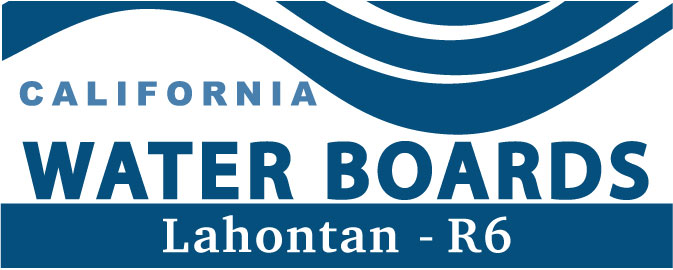About the Lahontan Water Board
Where did the name "Lahontan" come from?
The name "Lahontan" is a mystery to many. The Great Basin is that portion of western North America that has no drainage to the sea. It encompasses almost the entire state of Nevada and portions of Oregon, Wyoming, Idaho, and California. In the course of geologic time, the waters of this great sea were separated into two lakes. The eastern portion was called Lake Bonneville; the remnant of this lake is the Great Salt Lake. The western portion of this lake was called Lahontan; the remains of which are Pyramid Lake, Honey Lake, the Carson Sink, and other features.
The name Lahontan was given to this ancient lake by Clarence King while exploring a route for a transcontinental railroad. King was a geologist with the U.S. Army in the 1860's. The U.S. Geological Survey, under the auspices of the Army, was responsible for mapping and characterizing this great unexplored region after the Civil War. King named the area for a 17th century French explorer whose essays included his experiences in North America. The name Lahontan will be familiar to those of French and Canadian descent.
The Baron Louis de La Hontan was a French nobleman turned explorer; a landed gentryman with holdings in Lahontan. He landed in "New France" (Canada) in 1683 and for a period of time in the 1680's commanded Fort Detroit during the Iroquois wars. Lahontan is remembered for his remarkable memoirs published in France. His fascinating description of life in the New World provided many in France with their only account of the "American Wilderness."
Geologic features influenced by the western portion of the ancient lakes and Great Basin are a part of the Lahontan Region managed by the Regional Water Quality Control Board today.



